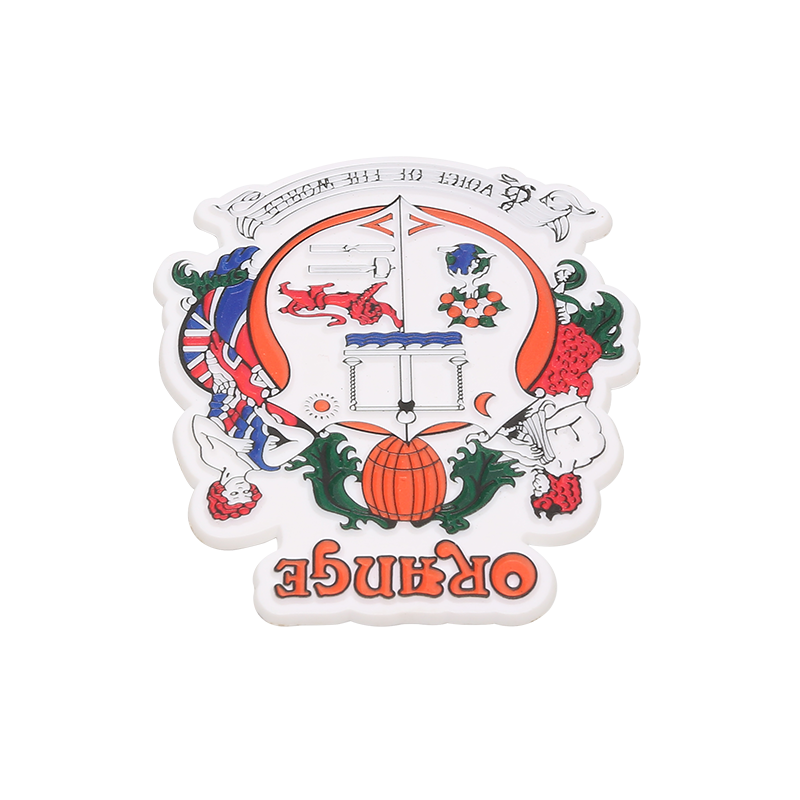2025-07-11
Introduction to Environmental Concerns
With increasing awareness about ecological sustainability, the environmental performance of products like Plastic Printing Stickers has come under closer scrutiny. These stickers, widely used for labeling, decoration, and branding, are often made from plastic materials that may raise questions regarding their ecological footprint. Understanding the environmental impact and efforts toward sustainability in the production and disposal of Plastic Printing Stickers is essential for consumers and manufacturers striving to make greener choices.

Materials and Their Environmental Footprint
Plastic Printing Stickers are primarily made from synthetic polymers such as PVC, polypropylene, or polyethylene. These materials are derived from fossil fuels and are not biodegradable, which poses challenges in waste management. The production process involves energy-intensive steps, contributing to carbon emissions. However, advances in material science have led to the development of more eco-friendly substrates, including bio-based plastics and recyclable films that reduce reliance on non-renewable resources.
Printing Inks and Chemical Use
Another important factor influencing the environmental performance of Plastic Printing Stickers is the type of inks and chemicals used during printing. Traditional solvent-based inks contain volatile organic compounds (VOCs) that can be harmful to the environment and human health. As a response, water-based and UV-curable inks have gained popularity due to their lower toxicity and reduced emissions. These greener alternatives contribute to less air pollution and safer working conditions in manufacturing facilities.
Recyclability and Waste Management
The recyclability of Plastic Printing Stickers is a significant environmental concern. Many conventional stickers are difficult to recycle because they combine different materials such as adhesives, inks, and plastic films. This complicates separation and processing in recycling plants. Some manufacturers now design stickers with mono-material constructions or use environmentally friendly adhesives that facilitate recycling or composting. Proper disposal methods and consumer education on recycling are crucial for reducing the environmental burden.
Efforts Toward Sustainable Production
Several companies in the sticker industry are adopting sustainable production practices to reduce environmental impact. These include sourcing raw materials from renewable resources, optimizing manufacturing processes to lower energy consumption, and reducing waste generation. Certifications such as FSC for paper-based materials and adherence to ISO environmental standards reflect growing commitments to sustainability. Moreover, innovations like digital printing reduce material waste by enabling on-demand production.
Consumer Choices and Environmental Responsibility
Consumers play an essential role in promoting the environmental performance of Plastic Printing Stickers by choosing eco-friendly products and advocating for responsible use. Opting for stickers made from recycled or biodegradable materials, supporting brands with sustainable certifications, and properly disposing of used stickers help drive demand for greener solutions. Increased awareness encourages manufacturers to invest in environmentally responsible technologies.
Conclusion
While traditional Plastic Printing Stickers present environmental challenges due to their materials and production processes, ongoing advances are fostering more sustainable alternatives. Improvements in raw materials, ink technologies, recyclability, and manufacturing practices contribute to reducing the ecological footprint of these products. By making informed choices and supporting sustainable innovations, consumers and producers can work together to enhance the environmental performance of Plastic Printing Stickers and promote a more sustainable future.